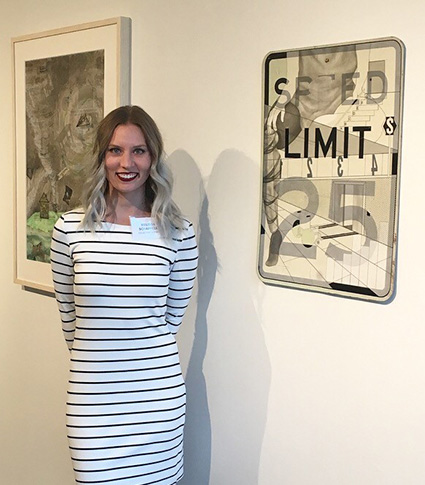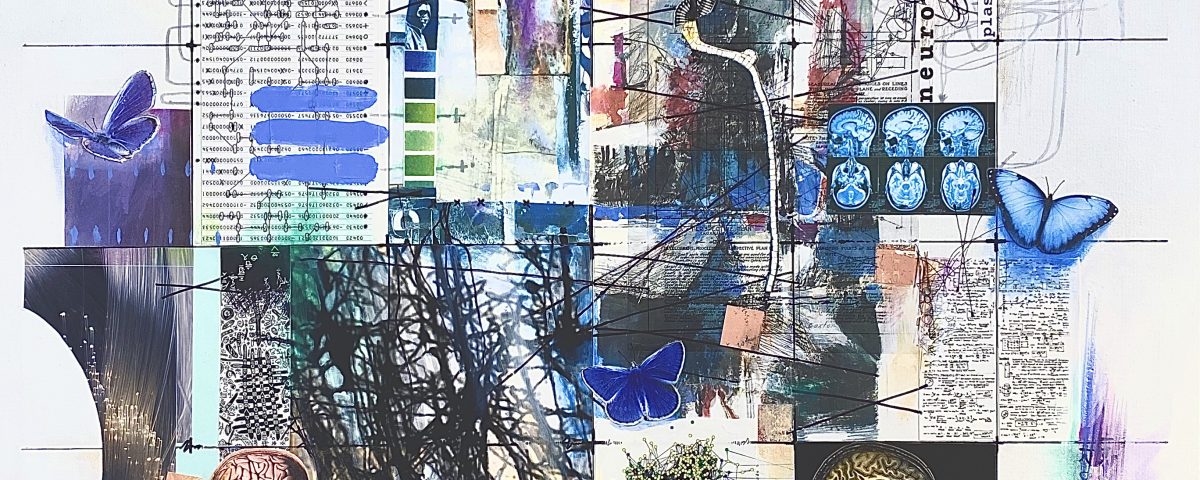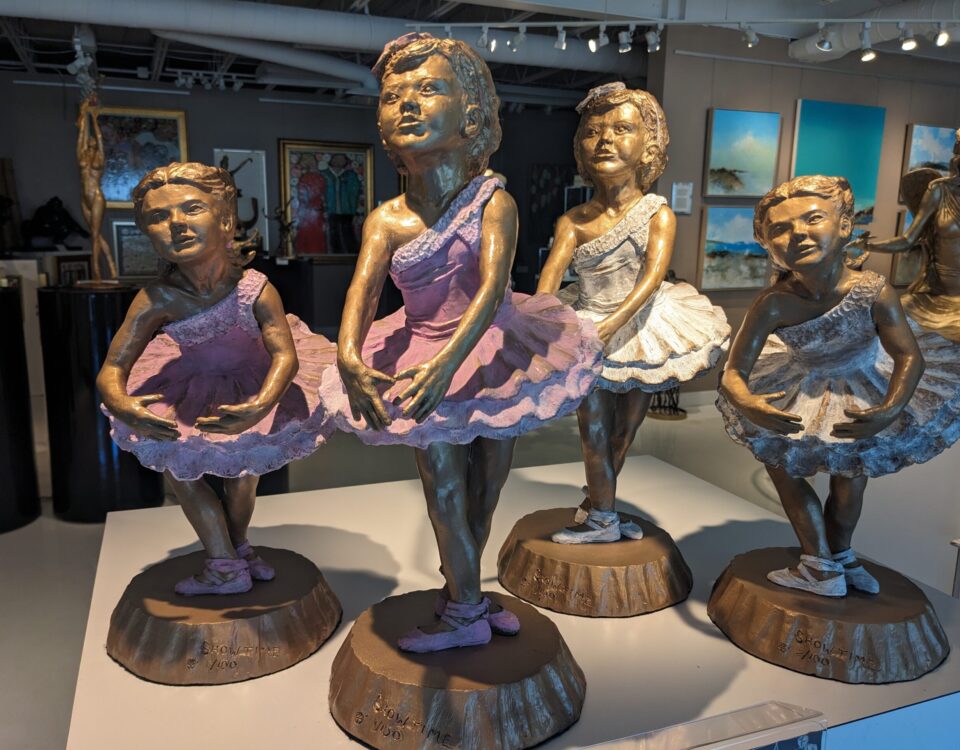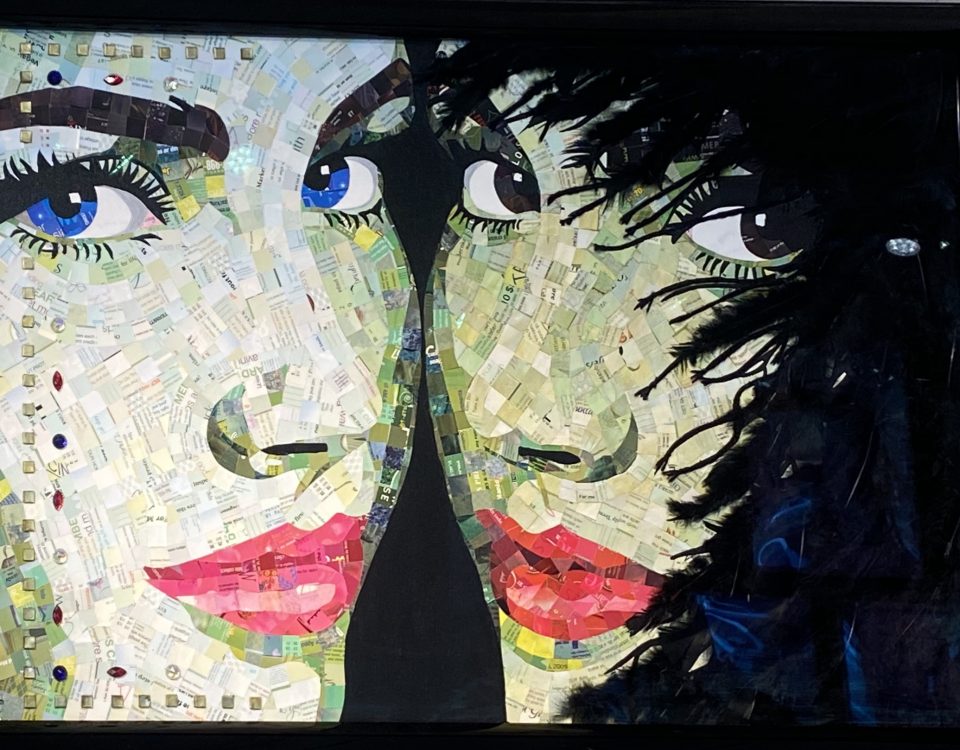More formal approaches to art therapy (AT) have been around since the 1940s. AT was originally developed to “help clients tap into their inner thoughts, feelings and experiences through creative expression.”
Today this approach is often combined with talk therapy to help people cope with illnesses, stress and emotions that can be hard to discuss.
What are the benefits of art therapy? Research conducted over the past several decades indicates that art therapy can be an effective way to help treat a wide range of mental and physical health conditions — ranging from addictions and depression to eating disorders and dementia.
What Is Art Therapy?
Art therapy can be defined as the application of visual arts in a therapeutic context. This type of therapeutic technique is one you can utilize when working with a therapist or coach, as well as something that you can practice on your own at home or in a group class.
What are different types of art therapy? Types of art therapy include:
- painting
- journaling
- sketching
- making collages
- sculpting with clay
- mosaics
- collaging
- card making
- music therapy
- and others
There are endless ways to practice, but the most important thing is that it feels comfortable and inspiring.
According to the American Art Therapy Association, AT is based on the belief that “the creative process involved in artistic self-expression helps people to resolve conflicts and problems, develop interpersonal skills, manage behavior, reduce stress, increase self-esteem, self-awareness, and achieve insight.” In this way, art therapy can be considered a form of psychodynamic therapy, which focuses on unconscious processes as they are manifested in a person’s present behaviors.
As one GoodTherapy article explains, there were a group influential writers in the 1940s — including Margaret Naumburg, considered the founder of AT — who first made significant contributions toward the development of art therapy as a recognized field in the U.S. and Europe. The pioneers of AT believed that creative practices served as a way of expressing repressed, unconscious thoughts and emotions.
By the 20th century, AT became a technique requiring certification, training and sometimes licensing (depending on the location). Today it’s utilized in many different settings, including:
- mental health facilities
- hospitals
- schools
- shelters
- nursing homes
- rehab centers
Benefits/Uses
What are the main uses of art therapy? AT is used with children, adolescents, adults, elderly adults, groups, families, veterans and people with chronic health issues.
Whether practiced with help from a professional art therapist (often as a complement to traditional mental health treatments), done at home alone or explored in a group setting, art therapy can help people dealing with conditions including:
- depression
- anxiety
- PTSD
- phobias
- chronic pain
- addictions
- attention disorders
- grief and loss
- dementia
- eating disorders
- schizophrenia
- and others
Below are some of the many benefits of art therapy backed up by recent research:
1. Helps Relieve Stress
Studies suggest that AT can help people cope with chronic stress, depression and anxiety by helping them process and express their feelings, including those that have been “buried” and ignored. Being creative can also increase self-esteem, a sense of control and self-accomplishment, and help people take on positive perspectives of their life experiences.
Another way that AT may help people cope with stress is by lifting their moods thanks to increased release of dopamine in the brain, a chemical that feels rewarding. Dopamine is associated with feelings like excitement and happiness and tends to be released when we’re engaged in something pleasurable and attention-grabbing.
2. Serves as a Creative, Non-Verbal Outlet
Practicing art can act as an emotional release and a healthy outlet for expressing oneself, especially if the person normally finds it difficult to vocalize how he or she is struggling.
People report being better able to let go of resentment, frustration, anger, worries and other emotions when they engage in something creative that holds their attention and gives them perspective.
How does art therapy work for helping people cope with trauma? Art therapists often encourage patients to use “free form” art expressions to gain insight into their feelings and to express emotions that cannot be said with words.
Studies suggest that AT can be especially helpful for people dealing with PTSD symptoms because it provides a creative, non-verbal outlet that improves processing of complex feelings. It may be even more impactful when paired with cognitive behavioral therapy or other approaches if appropriate.
Among people with a history of trauma/PTSD, AT has been shown to help improve moods and coping skills, promote relaxation, foster healthier relationships, and decrease disruptive behaviors and attitudes.
3. Increases Mindfulness
Doing something creative and finding ways to express yourself artistically give you the chance to slow down, give your mind a break and practice mindfulness, or presence/awareness.
Artistic endeavors can be a great way to get into a “flow state” in which you’re completely attuned to what you’re doing, using all of your senses and paying attention how your body feels in the moment, rather than getting caught up in your thoughts.
4. Offers Support When Practiced in a Group
When art is done in a group setting it can be an excellent way to build healthy connections with other people and to gain support. This approach has been shown to help people dealing with depression, the elderly, school-aged children and veterans.
Not only can it help fight depression and loneliness, but it’s also been shown to increase empathy and acceptance of others.
5. Develops Fine Motor Skills
AT is used by some occupational therapists to help develop their patients’ cognitive and sensorimotor functions, hand-eye coordination, fine and gross motor skills, and finger dexterity and speed.
Among the elderly it’s also been shown to help stimulate mental function and offer protection against cognitive decline/dementia. Additionally, there’s evidence it may help reduce loss of coordination and mood-related problems, such as depression in Parkinson’s patients.
6. Can Help Improve Recovery and Pain
The American Cancer Society (ACS) considers art therapy to be a complementary and alternative medicine that can help people recovering from serious illnesses ,including cancer, heart disease, chronic pain and behavioral problems.
According to the ACS, some of the potential uses of AT include:
- reducing anxiety levels among cancer survivors
- improving recovery times
- decreasing hospital stays
- improving communication and social function
- and offering natural pain control
Studies have found that dialysis patients who partake in AT sessions typically experience lower levels of stress, less compassion fatigue and an increased sense of purpose. Other studies have demonstrated that cancer patients who practice AT often benefit from more positive emotions; less anxiety, depression and sleep-related problems; and more increased self-worth and confidence.
Limitations/Concerns
In terms of its drawbacks, what is art therapy sometimes criticized for? Not every study has found that AT is effective at reducing psychological symptoms and distress.
It seems that a patient’s willingness to give AT a try and his/her attitude toward this approach are important for the outcome.
Although this form of therapy has been practiced for many decades, there’s generally still a lack of well-controlled studies demonstrating its effectiveness. compared to other forms of psychotherapy.
For example, researchers involved in a 2018 systematic review published in the journal Frontiers state that they “recommend the necessary expansions for future research in the field, to enable art therapy research to take further strides forward.”
That said, the majority of studies available do show promise that it’s both effective and low-risk, as long as cost/availability is not an issue.
How It Works
How is art therapy effective? Therapists believe that being creative can help people discover important insights about themselves and increase their sense of well-being and self-esteem.
This form of therapy is thought to be particularly helpful for those who feel “out of touch” with their emotions and needs. When someone has a hard time deciphering how she/he feels, remembering past events or expressing his- or herself, creative outlets can help that person make breakthroughs.
Some of the primary ways that art therapy helps patients overcome symptoms and work toward recovery include:
- developing self-awareness and insight
- exploring repressed/hidden emotions
- addressing unresolved emotional conflicts and trauma
- improving communication, self-expression and social skills
- increasing self-esteem, self-reliance and personal independence
- maintenance of identity (as opposed to being defined by an illness or trauma)
- a decrease in negative emotions and stress and an increase in positive emotions
Techniques and Exercises
What does an art therapist do exactly? Most therapists combine creative activities — such as painting, drawing, sculpting, collage making, etc. — with clinical psychological techniques and sometimes spiritual practices.
The therapist may ask the patient to focus on color, spatial arrangement, composition or a number of other aspects related to a creative project. The patient may or may not be asked to verbally express her/his feelings or thoughts while engaging in creative work.
In some cases, family members, spouses or other loved ones might become involved in the session. This ultimately depends on the specific therapist and client, as well as the goals of the session.
No matter which types of techniques/exercises are utilized, the goal is for the client to be expressive and insightful, focusing on his/her inner experience rather than trying to produce something tangible that’s impressive. There’s no need to be “good” at art because the goal is to enjoy the process rather than to be fixated on the finished product or outcome.
How many sessions does someone need to complete in order to benefit from this type of therapy? When a client works with an art therapist, the length of therapy depends upon factors like the patient’s/client’s needs, goals, medical history and intellectual understanding. One review found that on average, patients attend nine sessions, although a range of one to 15 sessions is common.
How to Find (or Become) an Art Therapist
In many countries, including the U.S., professional art therapists earn master’s degrees in art therapy or a related field. Most therapists earn credentials that allow them to become registered, board-certified or licensed art therapists.
Educational requirements and focus areas for this profession typically include:
- theories of art therapy
- counseling
- psychotherapy practices (individual, group and family techniques)
- human and creative development
- and others
If you’re interested in becoming an art therapist, visit the American Art Therapy Association’s website for more information on schooling, licensing and other requirements.
If you’re interested in working with an art therapist, you can ask for a referral from your primary care doctor or therapist — or look for classes/treatments offered in settings, such as hospitals, rehabilitation centers, colleges, schools, and some art studios or event spaces.
While you can certainly practice creative therapies on your own, working with a licensed therapist is recommended because it can help introduce you to the practice and tailor techniques to your specific needs.
Conclusion
- What is art therapy? It’s a therapeutic approach that uses creative expression to improve mental and physical well-being.
- AT techniques include painting, journaling, sketching, making collages, sculpting with clay, mosaics and collaging.
- Sessions can allow for a “free flow” of emotions, acting as a release. That may be especially helpful for unlocking hidden/repressed emotions because this technique can involve nonverbal communication of difficult emotions that can be hard to understand or share.
- Benefits of art therapy can include reduced stress/anxiety, depression, PTSD symptoms, chronic pain, low self-esteem and other symptoms.




